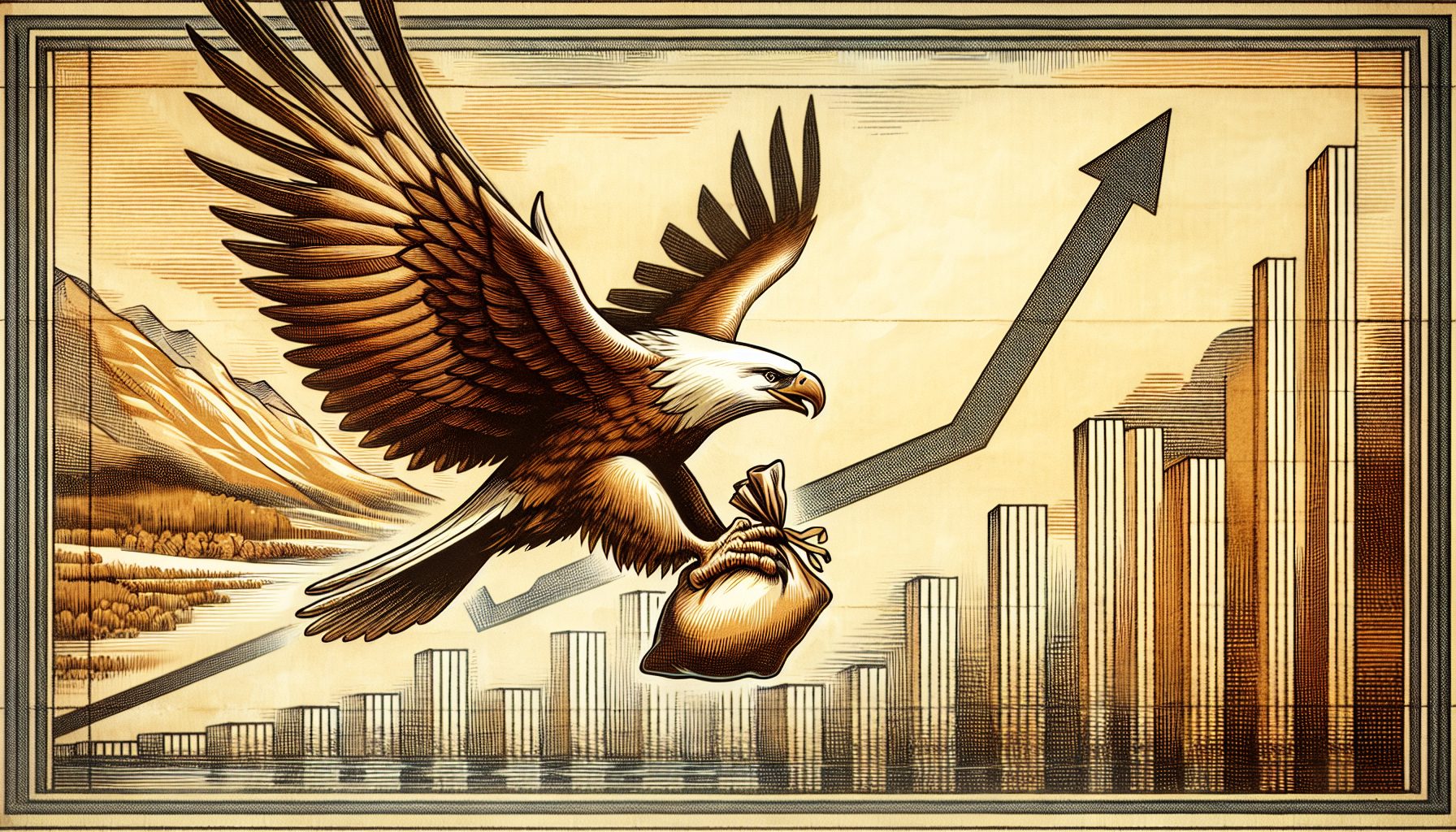Consumer discontent is growing due to soaring food delivery service costs. Additional fees have been imposed by companies like UberEats, DoorDash, and Grubhub in response to certain cities’ minimum wage laws. These surcharges are intended to balance the operating costs, yet they disproportionately fall on consumers and small restaurants that may struggle to manage these costs.
Delivery workers largely depend on tips, which are dwindling as customers tip less or not at all due to increased costs. The rising tension could potentially lead to a decline in popularity of such delivery services if not addressed quickly. This is causing rising dissatisfaction among clients, restaurant owners and delivery staff, leading to demands for systemic change.
The value of delivery services is being questioned. Some believe their convenience justifies their costs, particularly for people unable to leave their homes. But others deem the costs burdensome and make the services unaffordable. Even businesses are divided on this issue. Some find the convenience of outsourcing deliveries worth the cost, while others struggle with the high fees imposed by delivery platforms.
App delivery companies are trying to validate their value to stakeholders like employees and customers.
Escalating costs and discontent in food delivery
They’ve responded to new minimum pay laws by adding charges to customer bills. Despite criticism, these companies argue that these steps are necessary to maintain their business model while ensuring their employees are paid aptly. They’re putting effort into explaining these new charges to their customers.
DoorDash’s representative explained that new laws force their platform to pay higher wages than the local minimum, along with added expenses for mileage and tips. This has led to a considerable decline in the number of orders, particularly affecting small businesses.
Meanwhile, customers are confronted with higher costs due to the added charges from such services. For example, DoorDash imposes a minimum 15% service fee, which trims some of the benefits of home delivery. Similarly, Uber Eats uses a variable service fee based on the order cost. Furthermore, these costs don’t account for the driver’s tip, which can also be quite significant.
As food delivery services continue to grow, their financial complexities do too, often resulting in additional charges for the consumer. These changes, in large part prompted by the initiatives of cities to protect the rights of delivery personnel, have provoked strong customer dissatisfaction. The industry must find a fair solution that takes into account all parties’ concerns as it continues to evolve.








